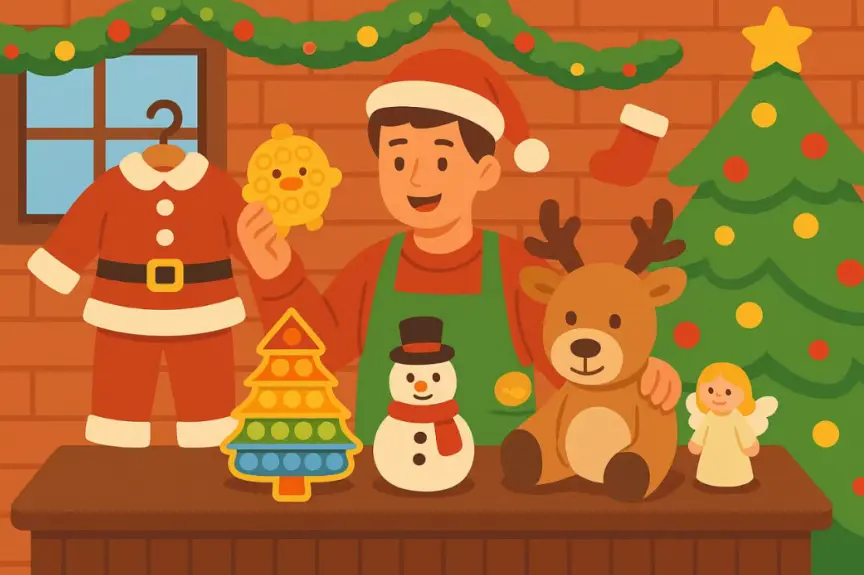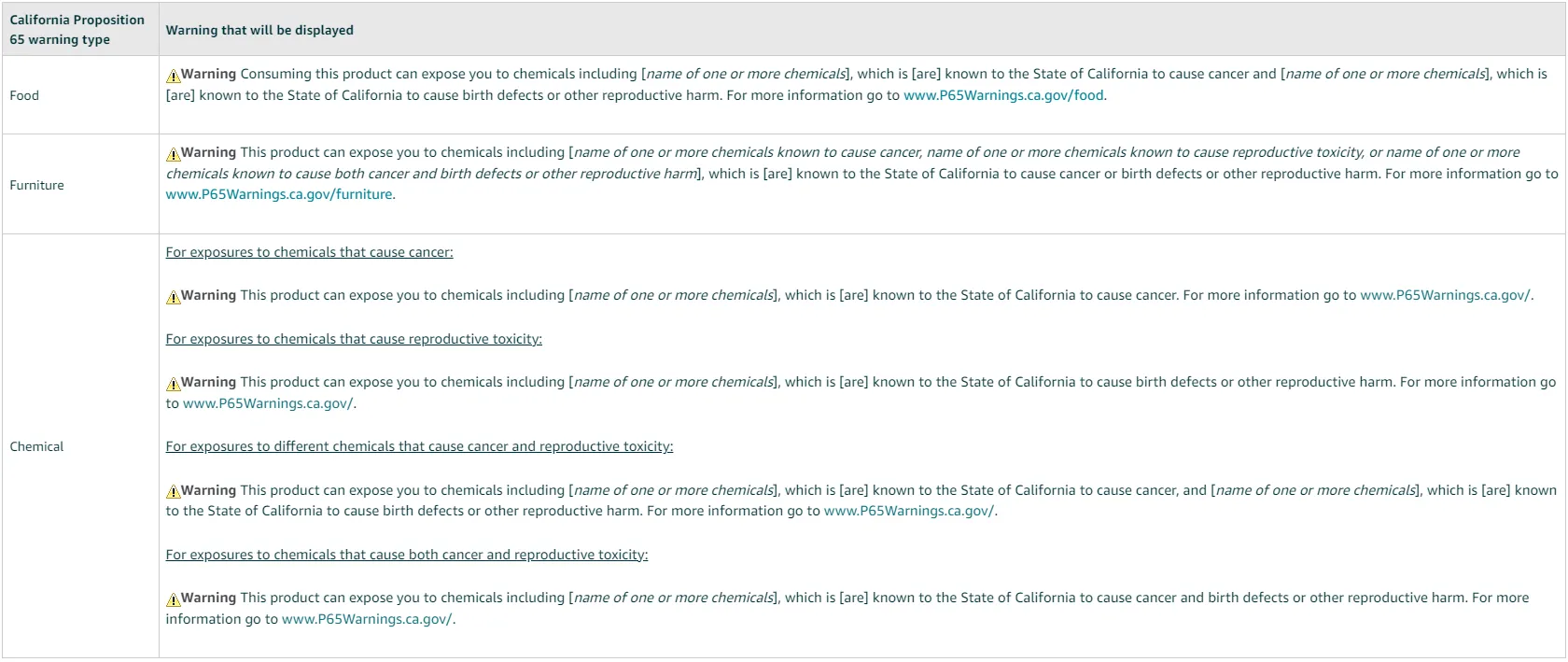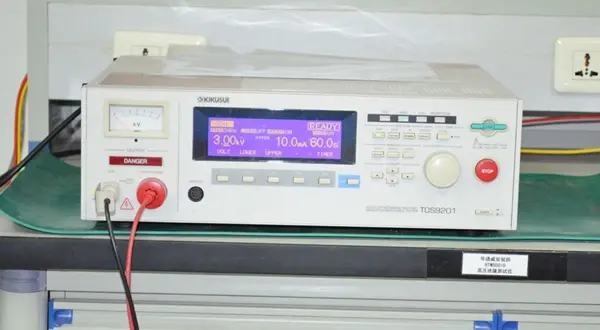
What is 16 CFR Part 1505 Testing?
16 CFR Part 1505 is a mandatory safety regULation under U.S. federal law for electrically operated toys, established by the Consumer Product Safety Commission (CPSC). The purpose is to ensure such toys do not pose risks of electric shock, mechanical injury, or fire hazardsduring use.
Key Requirements
Electrical Safety: Must comply with standards such as UL 696 to prevent issues like short circuits, overheating, or electric leakage.
Mechanical Safety: Moving parts must be protected to avoid pinching, cutting, or other physical harm.
Fire Safety: Materials used must be flame-retardant to REDuce the risk of fire.
Why is Testing Required?
1. Market Access
Major e-commerce platforms (e.g., Amazon) require a Children’s Product Certificate (CPC)demonstrating compliance with 16 CFR Part 1505.
Products without CPCs may be removed from listings or blocked from import.
U.S. Customs may detain non-compliant shipments, causing clearance delays.
2. Safety and Legal Risk
Helps prevent injury-related lawsuits due to design defects such as battery explosions or exposed moving parts.
Minimizes the risk of costly recalls or civil penalties, which could REACH millions of dollars.
How to Comply
Step 1: Choose a CPSC-Accredited Lab
Use a lab officially recognized by CPSC, such as JJR Lab (China).
Step 2: Submit for Testing
Send 1 representative product sampleusing traceable shipping (e.g., DHL).
Include an application form, user manual, circuit diagram, and a bill of materials with supplier information.
Step 3: Laboratory Testing and Report
The lab will perform electrical, mechanical, and fire safety testing.
A full test reportis typically delivered in 5–7 business days.
Expedited service(3 business days) is available for an extra \$100.
Step 4: Issue the CPC Certificate
Based on a passing report, the manufacturer or importermust sign a Children’s Product Certificate, confirming that the product meets 16 CFR Part 1505.
Timeline and Cost Overview
Regular Testing: 5–7 business days, approximately \$648 per model.
Expedited Testing: 3 business days, with an added \$100 rush fee.
Multi-Model Bundled Testing: Takes 2–3 extra days, with pricing as low as \$80 per group(minimum 20 groups).
Required Materials
Sample Product: One complete unit (with packaging), including all models or colors. Products made from different materials must be tested separately.
Technical Documentation: Must include the user manual, circuit diagram, and material composition list with supplier details.
Additional Requirements
Labeling: Products must be labeled with “cpsc compliant”and include any applicable warnings, such as age limits or battery usage alerts.
Ongoing Compliance: If materials or manufacturing processes change, retesting is requiredto maintain compliance.
Email:hello@jjrlab.com
Write your message here and send it to us
 What Are the Battery Compliance Test Reports?
What Are the Battery Compliance Test Reports?
 Christmas Children’s Products EU & US Complian
Christmas Children’s Products EU & US Complian
 Food Packaging Material Testing
Food Packaging Material Testing
 Cosmetic Product Safety Report
Cosmetic Product Safety Report
 What is Prop 65 Warning?
What is Prop 65 Warning?
 Does RoHS Apply to Packaging?
Does RoHS Apply to Packaging?
 How to Get RoHS Compliance?
How to Get RoHS Compliance?
 How to get EN 62368-1 Test Report
How to get EN 62368-1 Test Report
Leave us a message
24-hour online customer service at any time to respond, so that you worry!




